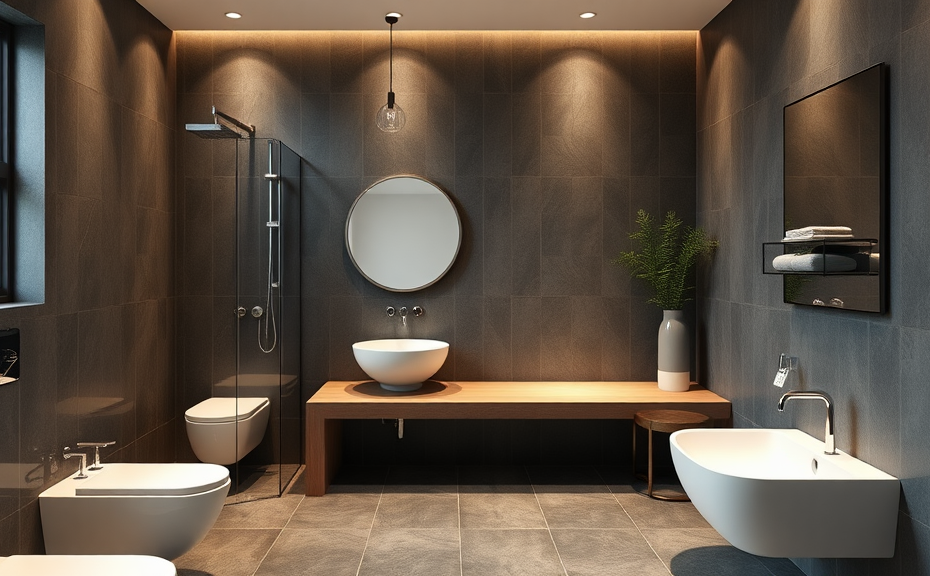Creating ergonomic designs in bathrooms is essential for enhancing comfort and functionality. These designs aim to minimize strain and enhance accessibility, catering to a wide range of users, particularly those with mobility issues. By integrating ergonomic principles into bathroom spaces, homeowners can transform their daily routines into experiences that promote well-being and ease.
One of the key aspects of ergonomic bathroom design is the thoughtful arrangement of fixtures. For example, placing sinks at a height that accommodates standing and sitting users can significantly reduce physical strain. Additionally, using wall-mounted toilets can allow for easier cleaning while also creating the sensation of more space, which is crucial in compact bathrooms.
- Curbless Showers: These bathrooms benefit from a seamless transition between the shower area and the bathroom floor, significantly enhancing accessibility.
- Proper Lighting: Incorporating adjustable lighting options ensures that users can customize brightness levels according to their needs, reducing eye strain and increasing safety.
- Grab Bars: Strategically placed grab bars not only provide safety but also enhance independence for elderly or disabled users.
- Non-Slip Flooring: Selecting flooring that minimizes the risk of slipping is crucial, especially in wet areas.
- Accessible Storage: Pull-out shelves and drawers make it easy for users to reach toiletries without excessive bending or stretching.
Incorporating ergonomic designs in bathrooms promotes a safer and more enjoyable environment. By prioritizing comfort and accessibility, these designs not only improve user experience but also add value to the home. Overall, ergonomic bathrooms stand as a testament to innovative design that meets the needs of all individuals, fostering an atmosphere of inclusivity.
